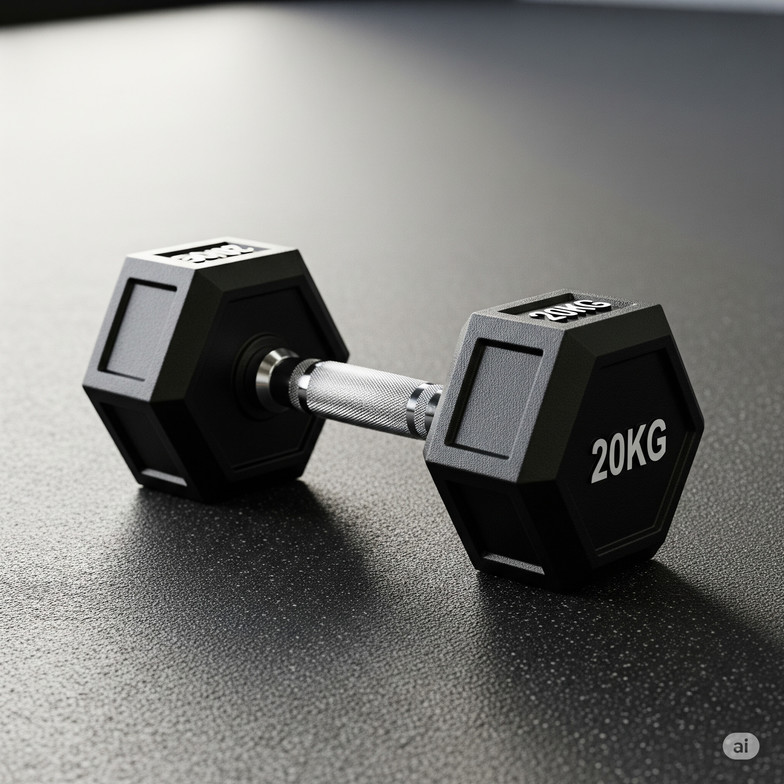
-
Your body is more resilient than you think
-
Straightforward is often the best solution
-
Time heals most everything
I know, you’re probably rolling your eyes already. I get it. They’re simple euphemisms we humans throw around for everything, but seriously, these little statements might be the most impactful things you could learn about your body. Stick with me here.
-
Your body is seriously far more resilient than you think.
Your body will fix itself. It will. The only kicker is that you have to give your body some signals first. If something hurts, then there is some tissue that is acting up in some way; it might be tight, it might be underutilized, it might need some load. When it comes to musculoskeletal issues, those three issues sum up about 90% of what could be going wrong.
Want your body to fix itself? It’s ready to. All you need to do is address those potential three problems. Stretch it a little bit, work it a little bit, load it a little bit. What does that look like? Let’s consider low back pain, which makes up about 40% of musculoskeletal cases in the US.
-
Stretch it / Move it: I promise you, for about 75% of the low back pain cases that I treat, the issue is simply that the low back is not receiving enough motion. Here comes one of the biggest myths that I want everyone to throw out the window: your back should be stable at all times and you should only ever lift with a straight back — That’s a bunch of nonsense. Your back is made to move. The combined amount of ROM through your spine allows you to bend to your toes, lean back in an arch, rotate, and laterally bend. The joints of your spine NEED to perform those motions to feel healthy. The muscles around those joints NEED to contract and pull those joints through those motions in order for the muscles to feel healthy. Move your back around, like, a lot. Like, all the time—particularly if it seems to be bothering you.
-
Utilize It: Muscles control joints. If the joints of your low back (vertebrae) are giving you trouble, then make the muscles which control those joints healthier and you’ll notice a significant decrease in pain. Here is where I have to rag on the yoga practitioners a bit. You can stretch a muscle all day every day, but if that muscle isn’t strong and isn’t getting the resistance it needs to stay healthy, then stretching will never take care of the issue. Side caveat here: there is no better intervention for long term physical well-being than building up muscle mass. Muscle is some of the most metabollically active tissue in our bodies, meaning the more muscle you have, the better your overall metabolism will be. Muscle helps you keep weight off and also has a host of hormonal benefits associated with increasing muscle mass. Have strong muscles, have healthier joints and overall body composition.
-
Load it: Some tissues of our body, such as the discs in our low back, tendons, and ligaments, need some stress in order to stay healthy. If your body doesn’t feel pressure going through those vertebral discs, then your body will start to think it doesn’t need as much of that tissue. Our bodies are efficient machines and will scrap tissue it doesn’t think that we need in order to conserve energy. We lose something like 30% of our skeletal muscle mass after being bed-ridden for only a few weeks. So what does loading it mean? Very similarly to strengthening muscles, you need to lift some weight and let your joints hold that weight. Tissues like the meniscus in our knees and discs in our back need to feel some extra weight occasionally to initiate the process to keep or build up those tissues.
That’s pretty much it. If you do those three things — Move it, use it, load it — then your body will figure out the rest. And no, you don’t have to spend an hour in the gym five days per week to get the results you want. Just a few minutes in the morning and evening, move all your joints around through a full ROM, Once a day or every other day, pick up something heavy, squat with it, move it over your head, curl it, something. Exercises don’t have to be incredibly complicated. If you need advice in this realm, reach out to myself, a good personal trainer, anyone.
-
Straightforward is often the best solution
This gets to one of my last points I just made: exercises do not have to be incredibly complicated. If you perform a deadlift, a squat, an upper body push, and an upper body pull exercise, then you’ve hit practically every major muscle group that you could care about.
If you wanted the simplest workout routine that gained you the most muscle mass, I would tell you to go the gym three times per week and do the following
-
Day One: Squat, bench press or push up, pull up or lat pulldown
-
Day Two: Deadlift, overhead press, row
-
Day Three: Squat or Deadlift, bench press or push up, pull down or row
That’s it. Use your legs, then push something with your upper body, then pull something with your upper body. Eat right, sleep well, use that basic routine, and you will make some gains.
When it comes to specific areas of injury, the same concept applies. Your ankle hurts? Do some calf raises and tib raises. MAYBE we’ll some inversion and eversion strengthening and some fancier things, but at the end of the day, if you just load up on heavy calf raises and tib raises, that ankle is going to get better. Straightforward works; you don’t need to scavenge the bowels of the internet for the most complicated exercises out there. If it takes a bosu ball and a strap and medicine ball and you’re balancing on one foot, then you’ve taken a wrong step somewhere. Just load the muscles and get stronger with a straightforward approach; the rest will take care of itself.
I’ll further rant on this in a second, but straightforward also means no crazy interventions. You’re not going to buy a product or pay for a service that will ever outperform basic exercise.
-
Time heals most everything
The body CAN heal itself, but it isn’t going to be fast. Slip a disc? Tear a meniscus? Yes, you can go and get those surgically repaired and do six weeks of PT afterward and you’ll be in a good place after all that. OR you can move it, use it, and load it for about a 1-2 years and you’ll end up in the same place.
Now I hear you, that timeline sounds like a big difference. Sure, but surgery is not without it’s risks. If you open up your knee for a surgery, you have about a 95% chance of developing moderate osteoarthritis in that knee later on. If they replace that disc in your back, it’s never going to be as good as the original tissue and might cause issues up or down a vertebral level later on.
This one is a personal choice. It might make more sense for you to look into surgery. I just want you to take away the fact that your body will heal itself if you give it the right signals and the time to do so.
Another point to make here: there are no quick fixes. This is possibly one of the biggest pseudo myths that needs to be addressed. You’re not going to find that perfect exercise that takes care of your hip pain in two weeks. You’re not going to buy a gel that seeps through your skin and eliminates your joint pain (practically nothing you put on your skin is going to make it to the joints). Crystals definitely won’t do it, sorry acupuncturists but those needles aren’t even making it to the muscle where it matters, and obviously any pills (if they even have an effect) are only going to mask the pain and allow the problem to get worse. You have to put in the work and give it time.
That’s it. If you’ve got some painful spot in your body that’s been nagging you for years, give it a lot more motion than you have been, make it perform some work, and load your body against some weight. There are obviously some small caveats to these rules, such as required rest time for overuse injuries like shin splints or tendinitis, but generally speaking, these rules will help you take care of your body. The other caveat is that you need to pay attention to some other aspects of your health, particularly diet and sleep, for the body to be able to perform the basic functions of healing. But if you get those in order, then just move and work your problem area. It’ll get better.

Thomas Emiren
Contact Me


